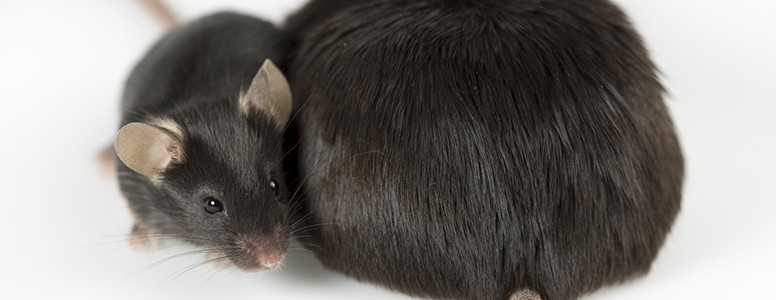A joint team of researchers from the Dana-Farber Cancer Institute and the University of California have identified a new calorie-burning pathway in fat cells.
The research findings, published online in the journal Cell, show that the activation of this molecular pathway through amino acid-derived molecules induces weight loss in obese mice.
The research scientists have made the discovery by studying calorie burning-associated metabolic processes specifically in brown and beige fat cells.
The research team led by the director of Dana-Farber’s Center for Energy Metabolism and Chronic Disease, Bruce Spiegelma, has found a mechanism that enables brown fat cells to burn off calories as heat rather than store them as fat.
The conventional wisdom about energy-burning in humans is that people with high metabolic rates – the rate at which food is broken down and turned into energy – burn off more food into heat, while those with low metabolic rates lay down more fat.
In this study, the scientists have looked in particular at the disruption of the connection between food breakdown and energy production, which is known as “uncoupling”, which they believe could determine human metabolic rates.
Small mammals, like rodents, rely on the uncoupling process to stay alive in cold weather, but this function was thought to be redundant in humans.
Here, the authors have been able to locate specific uncoupling proteins in the brown fat of mice which may catalyse the uncoupling process in humans.
Artificial uncouplers have been used in the past to induce weight loss in humans but it is the first time that natural small molecules with uncoupling activity are discovered.
Last year, certain uncoupling proteins were identified in human cells (UCP1 in brown fat cells, UCP2 in brain, muscle, and white fat cells and UCP3 in skeletal muscle) but the evidence for their uncoupling function was far from proved.
Now, researchers have identified an enzyme called PM20D1 which is thought to serve as an agent which can turn up the uncoupling activity enough in brown fat cells to cause weight loss.
Researchers noticed that PM20D1 is secreted by the cells and triggers the production of compounds called N-acyl amino acids and these N-acyl amino acids have the ability to uncouple fat burning from other metabolic processes.
A similar effect happens in the obese animals’ fat cells when the research scientists directly injected them with exogenous N-acyl amino acids. They noted significant weight loss (entirely in fatty tissue) after only eight days of treatment.
This suggests that these amino-acid derived molecules could be picked out as potential targets for anti-obesity agents and as a way to manipulate body weight in other obesity-associated disorders such as type 2 diabetes and fatty liver disease.
What's new on the forum? ⭐️
Get our free newsletters
Stay up to date with the latest news, research and breakthroughs.







